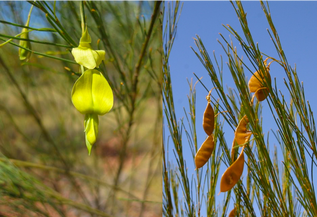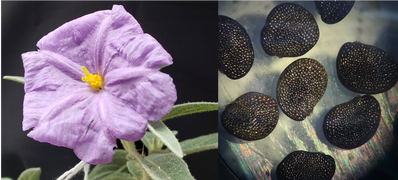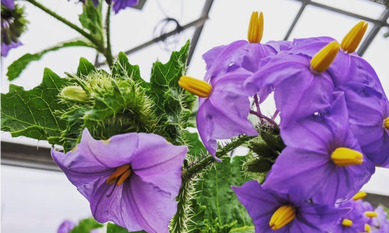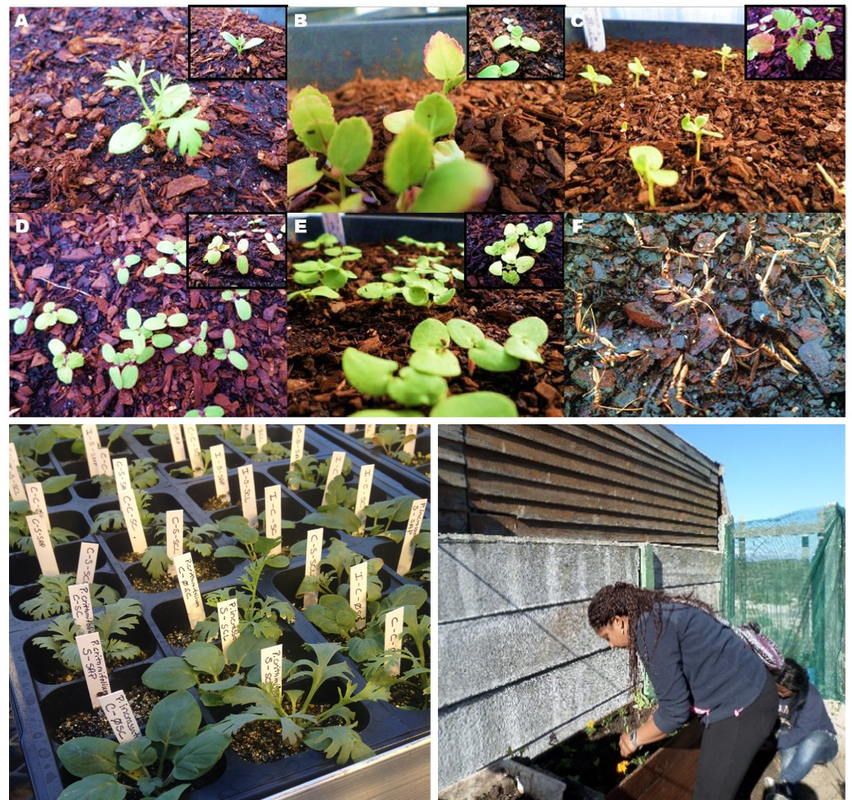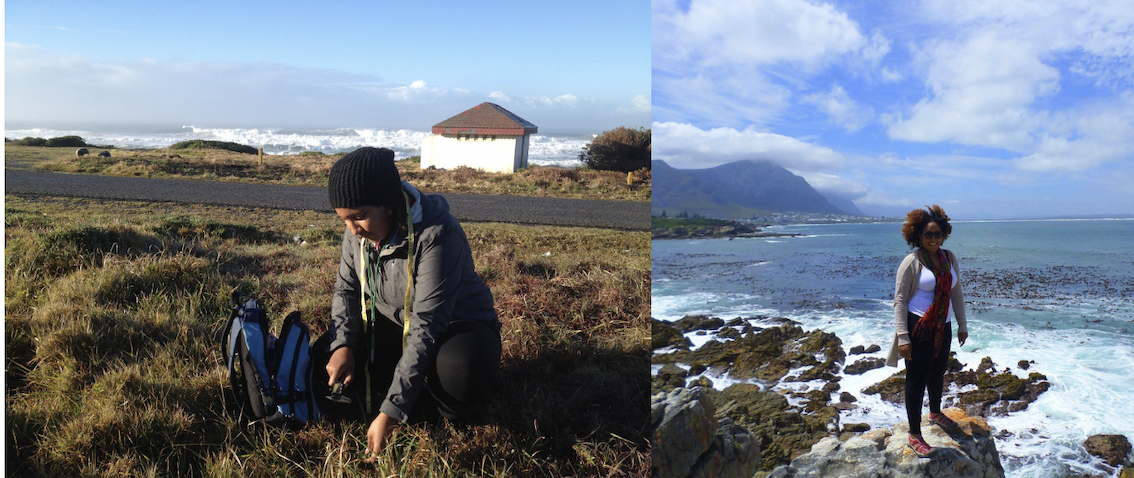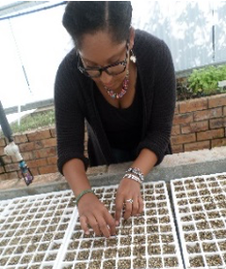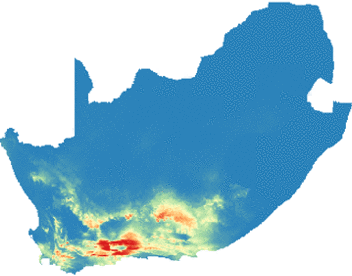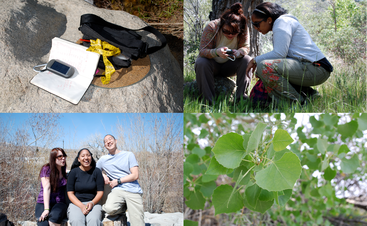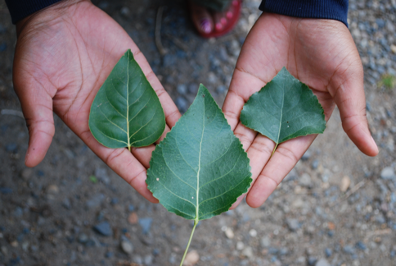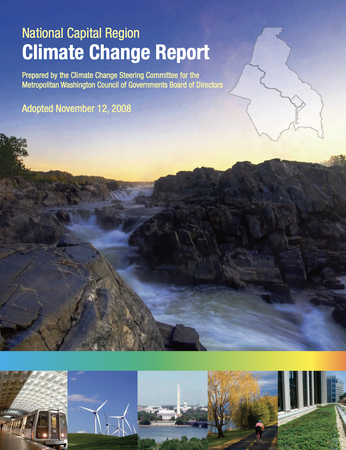Research Interests
Phenotypic Plasticity; Adaptation; Common Garden Experiments; Herbarium; Evolutionary Ecology; Functional Ecology; Species Distribution Modeling; Geographic Distributions; Population and Ecological Genetics; Population Genomics; Conservation Biology; Bayesian Statistics; Climate Change Ecology; Science Policy; Science Communication; Social Justice; Ethnobotany
Research Projects
Postdoctoral Research
|
Doctoral Research
My dissertation research studied the impacts of climate change on a diverse genus of flowering plants, Pelargonium, found throughout South Africa. I have used herbarium records, common garden experiments, and species distribution modeling methods to understand the complex species-by-environment interactions that can be used to assess plastic responses and adaptability to changing climates. This and all my work is done to conserve and preserve biodiversity around the globe. Interesting South African Highlights: - I did the majority of my work in a biodiversity hotspot. A biodiversity hotspot is a region that has an abundance of unique (often endemic) biodiversity and also has high negative impacts from environmental degradation. - The Cape Floristic Region (CFR) is the name of the biodiversity hotspot I worked in. It is the smallest of the six flora kingdoms. - The CFR is about the size of PA, but is home to 10% of the world's plants! The CFR also has a high diversity of reptiles, mammals, birds, and marine species. - The common geranium at your local garden shop is a South African Pelargonium hybrid, Pelargonium x hortum. |
|
Species Distribution Modeling (SDMs)
I used the principal of maximum entropy to evaluate the species-environment associations of over 125 Pelargonium species. I then forecasted habitat suitability into the future based on several climate models and emission scenarios to assess potential range shift dynamics. |
|
Master's Research
For my Master's thesis I assessed gene flow of three species of Populus and their hybrids throughout California and Nevada using a SNP assay and leaf morphology. This system was previously described as having a first-generation (F1) hybrid block, which is uncommon within the genus. The reevaluation of this system with molecular techniques was used to understand the ecological and genetic effects of two California and Nevada native Populus species (P. fremontii and P. trichocarpa) and an European exotic (P. nigra), planted as an ornamental throughout the region. My results suggested that there was no evidence of a F1 block, as advanced-generation hybrids were found throughout the sampled sites. Additionally, hybridization with the exotic species was found in sites not previously described, suggesting that the exotic is being planted more in urban areas and the invasiveness of the exotic and its hybrids should be further investigated to understand their impact on native biodiversity. |
|
Gap Year Research
"National Capital Region Climate Change Report" The first ever climate change regional inventory and mitigation report bringing together Washington, DC, Maryland, and Virginia. |
